
A most memorable Christmas for the family of Jack and Gean Cauble
as told to Kelcey Colclazer-Edwards (granddaughter)
In November of 1950, the U.S. Navy sent Jack Cauble a one-way ticket to Bremerton, WA. He was to report for duty on the U.S.S. Essex, docked at Naval Station Bremerton. Jack would leave behind a young wife, Gean, and two small daughters, Jackie (2) and Olive (5 months). This would also mean that they would not be together for Christmas.
Towards the beginning of December, Olive became seriously ill with pneumonia, and there was worry she would not survive. Messages were sent through the Red Cross to the Navy to try to get Jack back home on emergency leave. Checking in with the personnel office on the Essex, the Yeoman on duty informed Jack that the request had been denied. The Yeoman quoted the official response of the powers that be…”the child was not old enough to have formed an attachment to her” and there was no need for him to go home. Having taken extreme exception to that statement, Jack went sailing over the counter, intent on proving his displeasure to the Yeoman, who had the unfortunate job of delivering this thoughtless message. Luckily, a fellow sailor had gone with Jack that day, and managed to hold him back from throttling the Yeoman, and essentially keeping Jack out of the brig.
With her husband 1900 miles away, Gean did what a mother does. She took care of her babies. Olive seemed to get better day by slow day. She and Jack had planned for her and the children to go to Washington, but with Olive’s fragile state, they were afraid the trip would not happen. Finally, the doctors gave Olive the all clear to travel. On the afternoon of December 21, 1950, a ticket in hand, suitcases packed, and babies bundled up, an anxious young country girl, who had scarcely been out of Howard County, TX, boarded a train and set out on a journey see her young husband.
Apprehensive about the long trip with two small children, Gean’s unease must have been visible. A kind porter took it upon himself to check on her and the girls frequently. He would come by her compartment to see if she needed anything, or to carry or hold Jackie’s hand to the dining car. As Olive had been ill and had not had milk for quite a while, she was starting to get hungry. The doctors had said she could have some, and Gean was assured that she would be able to get it in the dining car, but the dining car was closed when she needed it. About this time, they were pulling into the depot in El Paso. Once again, the benevolent porter came to the rescue. He told Gean, there was no way that baby would make the long trip without some milk, and he would make sure she had some, and he knew just where to get it. He got off the train, went to a nearby café, and brought back milk for Olive.
Twenty-eight hours after their departure, around midnight, the weary passengers reached Los Angeles. Jack’s uncle, Buck Rogers, picked up Gean and the girls, and drove them to his home in Whittier, CA. There they got a few hours sleep, then headed back to the station to catch the 8 am train to Portland, OR.
Upon arriving in Portland, Gean learned that there would be a layover, due to weather. Tired and anxious, she pleaded with the ticket agent to get her on the next train to Seattle, because her husband was waiting for her. You see, Jack didn’t know that the train was delayed, and would be leaving soon for Seattle to wait for his wife and kids. Luckily, they were able to put Gean and the girls on the next train to Seattle, but she would come in to a different platform. She sent a telegram to the Essex, hoping to catch Jack before he left.
Jack in the meantime, had arrived at the depot in Seattle, and settled in with a book to wait for his family. Deciding that the chairs were more comfortable in another area of the depot, he moved there, knowing he had enough time to get back to where Gean would come in. So, he waited for hours…..and hours.
Gean arrives, and gets off the train to find that Jack is not there. Of course, she doesn’t know that he didn’t receive her telegram. It is late in the night, and they are tired and scared. She makes her babies as comfortable as she can and settles in to wait for her husband. At the other end of the station, Jack sat, reading his book. A station employee stopped and asked him if he was waiting for someone. Jack informs them that he is indeed waiting for his wife and kids. The person tells him that there is a young woman with two kids at the other end, but Jack assures them that it is not his party, because he knew what time they would be arriving. More waiting. Again, the employee urges Jack to just check and see if the young lady is his wife. Then he mentions that one of the little girls is wearing a little green jacket. Knowing Jackie had a little green jacket, he finally goes down to check, and there sat his covey of dove.
Jack had gotten a room at a nearby hotel, because it was Christmas Eve, and would be too late to head back to base. Off they go, to get some rest before the last leg of their journey. The next morning, the four of them hopped the ferry for Bremerton.
Ecstatic that their family was finally together and their long journey over, Jack escorted his ladies into the small, freezing base apartment that would be their home for the next three months. There on the table, sat a 15-inch Christmas tree, with a little string of lights, and two small teddy bears. One for each of his babies.
When asked about their most memorable Christmas, this is the story they told. Gean kept the bears and the lights from that Christmas for many years, along with many other family and holiday mementos. One year, a tornado ripped through their farm in Iraan, TX, destroying the barn where the mementos were kept. Though the physical pieces of those memories are gone forever, Jack and Gean have kept them in their hearts and minds always.

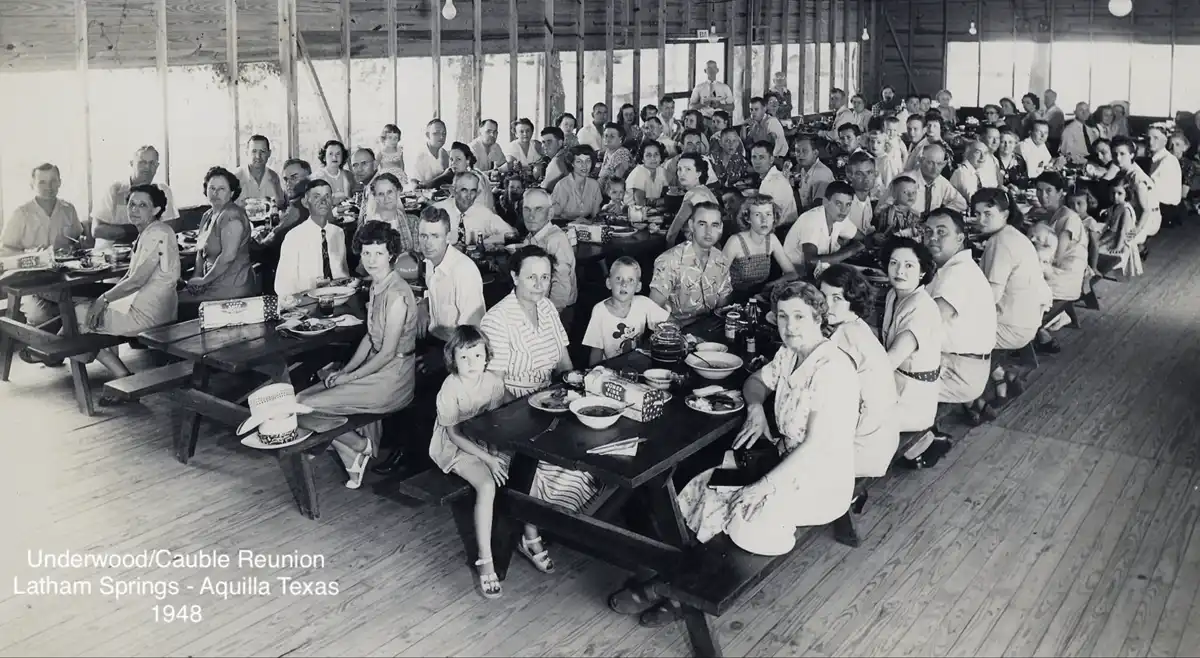



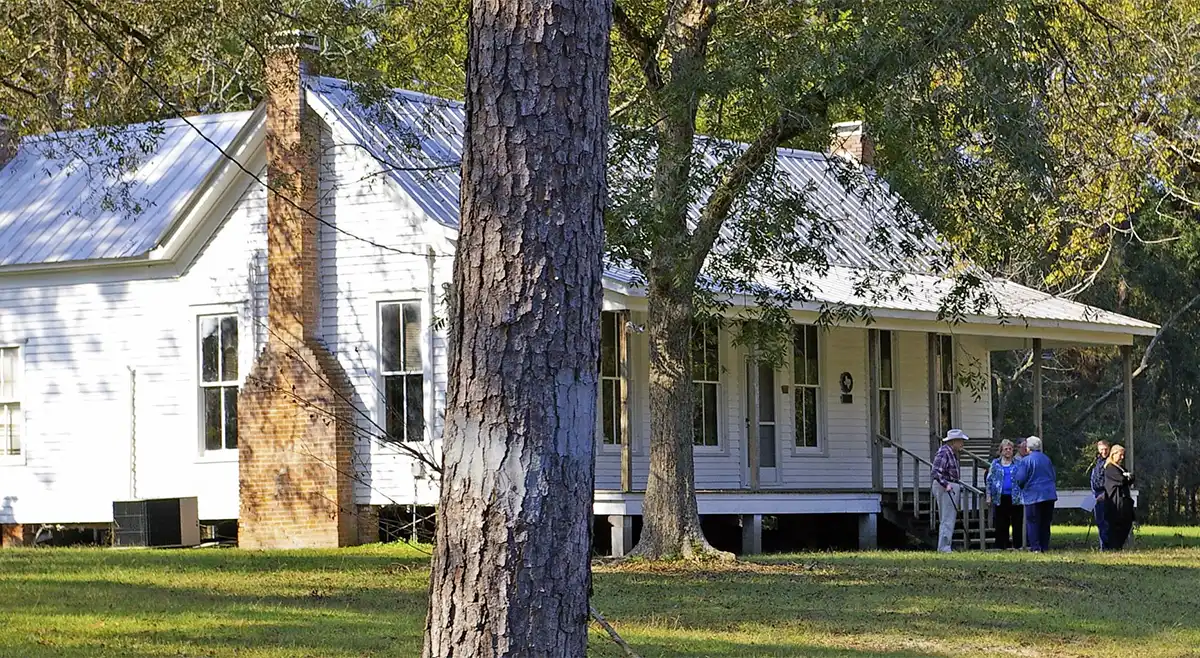
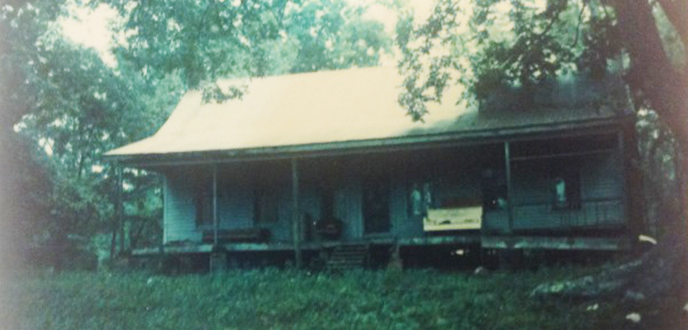
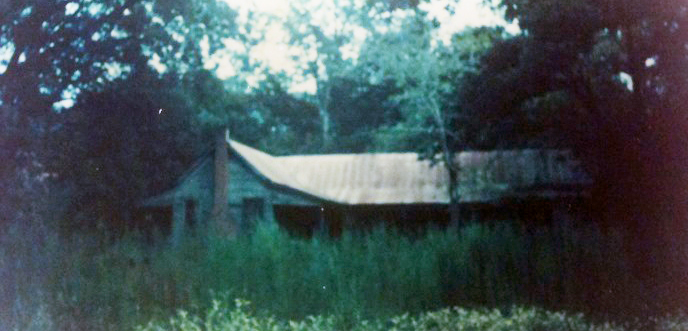
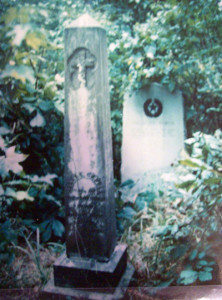 1957) and while hunting deer in the 60’s he came across the cemetery. He noticed stones lying on the ground and found some markers and realized it was a cemetery. His wife loved restoring historical sites and quickly cleaned the site up, righted the markers and put a chain link fence around the cemetery and reported it to the historical society. That was probably the last time any maintenance was done by the way it looked when I first saw it.
1957) and while hunting deer in the 60’s he came across the cemetery. He noticed stones lying on the ground and found some markers and realized it was a cemetery. His wife loved restoring historical sites and quickly cleaned the site up, righted the markers and put a chain link fence around the cemetery and reported it to the historical society. That was probably the last time any maintenance was done by the way it looked when I first saw it.
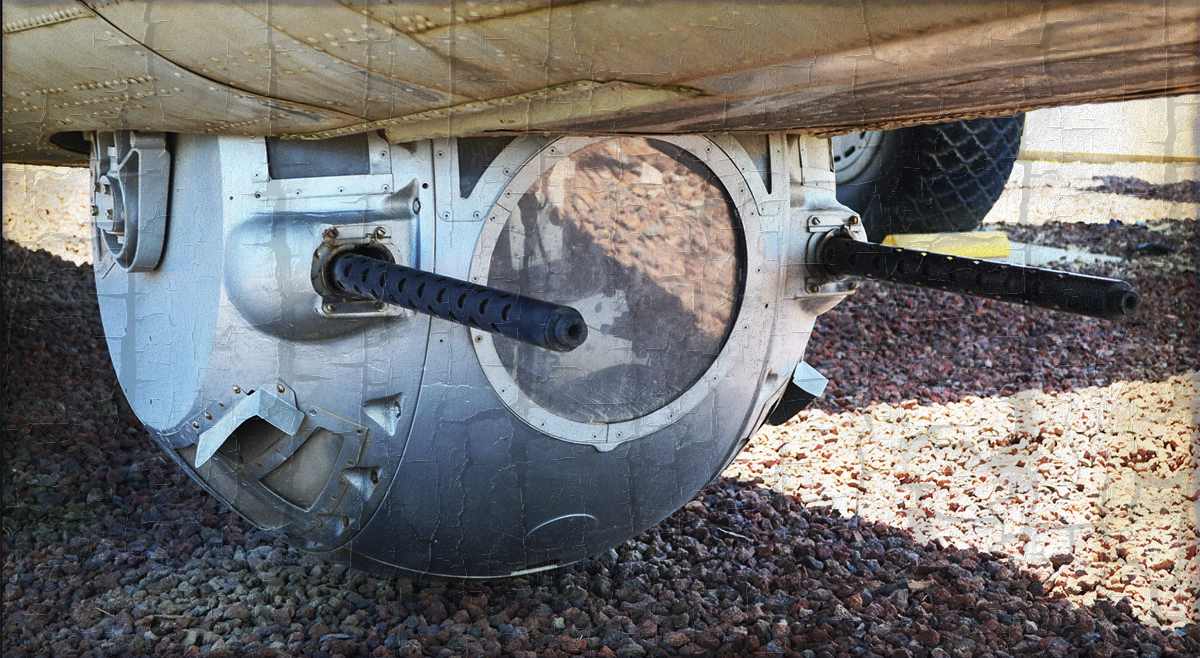
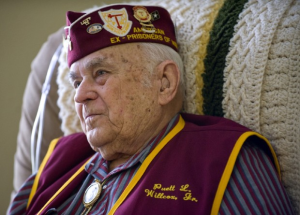 “Seventeen days prior to my twentieth birthday I was in a B24 ball turret flying out of Italy heading for a bombing mission over Weiner Neaustatd Austria. On the take-off roll I saw Jesus, He informed me that something bad was going to happen but He would take care of me. Six hours later and 29 minutes of flack our B24 was hit and burning. The fire drove me from the turret, while I was snapping my chest parachute to my harness the plane blew in half and knocked me unconscious. I woke up hanging from the place that my turret had been with control cables around my legs. The tail of the plane was trying to fly but was falling and I kicked loose and fell from 25,000 feet to about 3,000 feet when I opened my parachute. There was a welcoming committee of 30 soldiers shooting hole in my parachute.
“Seventeen days prior to my twentieth birthday I was in a B24 ball turret flying out of Italy heading for a bombing mission over Weiner Neaustatd Austria. On the take-off roll I saw Jesus, He informed me that something bad was going to happen but He would take care of me. Six hours later and 29 minutes of flack our B24 was hit and burning. The fire drove me from the turret, while I was snapping my chest parachute to my harness the plane blew in half and knocked me unconscious. I woke up hanging from the place that my turret had been with control cables around my legs. The tail of the plane was trying to fly but was falling and I kicked loose and fell from 25,000 feet to about 3,000 feet when I opened my parachute. There was a welcoming committee of 30 soldiers shooting hole in my parachute.
